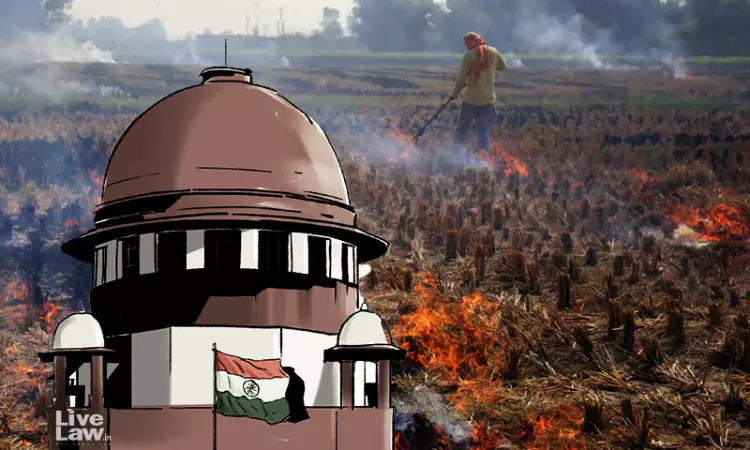Delhi Air Pollution: Supreme Court Seeks Explanation From CAQM On Stubble Burning
Amisha Shrivastava
24 Sept 2024 2:26 PM IST

Next Story
24 Sept 2024 2:26 PM IST
The Supreme Court on Tuesday (September 24) said that it wants an answer from the Commission for Air Quality Management for Delhi NCR on the issue of stubble burning.Amicus curiae Senior Advocate Aparajita Singh mentioned the matter before a bench of Justice Abhay Oka and Justice Augustine George Masih, highlighting a newspaper report that stubble burning has already begun.Last year, the...
